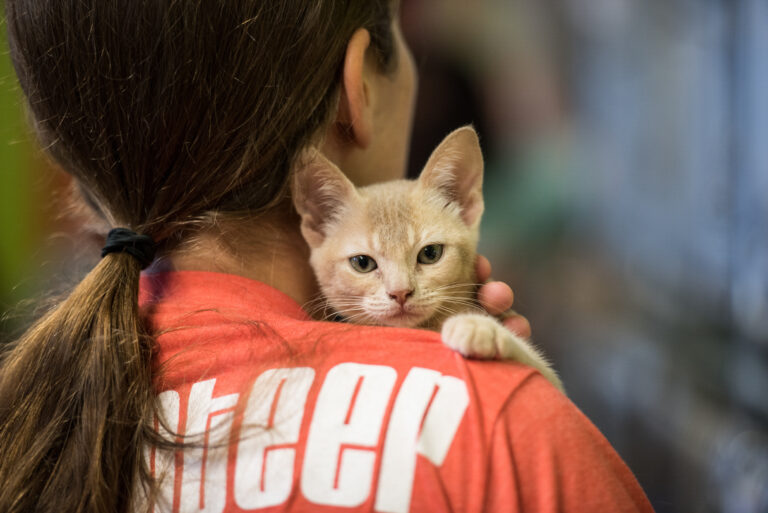Spring is the perfect time to plan a getaway, whether it’s a weekend road trip, a visit to family, or a longer vacation. However, if you’re a cat owner, the thought of bringing your feline companion along may feel daunting. Cats are creatures of habit and often dislike changes in environment, making travel stressful for both the cat and their owner. Fortunately, with thoughtful preparation and the right strategies, you can make spring travel with your cat smooth and stress-free.
Table of Contents
Understanding Why Cats Get Stressed While Traveling
Unlike dogs, cats are territorial animals who prefer familiar surroundings. Being confined in a carrier, exposed to new sights, sounds, and smells, and the general unpredictability of travel can trigger anxiety, restlessness, or even physical symptoms like nausea. This is why it’s essential to prepare in advance and focus on reducing stress throughout the journey.
Preparing Your Cat for Travel
The key to a stress-free spring getaway begins well before you hit the road. Start by making your cat comfortable with their travel carrier. Leave the carrier open in your home several weeks before your trip, placing soft bedding, toys, or treats inside to create positive associations. Gradually encourage your cat to enter and spend time in the carrier, making it a safe, familiar space.
If your cat has never traveled before, you can also take short practice drives around the neighborhood to acclimate them to the motion and sounds of the car. Keep the rides brief and always reward calm behavior with treats or affection afterward.
Packing Essentials for Your Cat
Just like you, your cat will need specific travel items to ensure their comfort and well-being. Essential items to pack include:
- A sturdy, well-ventilated carrier: Ensure it’s large enough for your cat to stand, turn around, and lie down comfortably.
- Your cat’s regular food and water: Bring enough for the entire trip, plus collapsible bowls for easy feeding.
- Litter box and litter: Portable litter boxes are available for travel, and using the same litter your cat is used to can help maintain routine.
- Favorite toys or blankets: Familiar items from home can reduce anxiety.
- Cleaning supplies: Paper towels, waste bags, and disinfectant wipes are useful in case of accidents.
- Medical records and medications: Especially important if you’re crossing state or country lines or in case of emergency vet visits.
Safety Tips During Transit
While traveling, safety and comfort should be your top priorities. Always keep your cat secure inside the carrier—allowing a loose cat in the car is dangerous, as they could distract the driver or get injured in case of sudden stops.
Avoid opening car doors or windows near your cat unless they are safely contained. Never leave your cat unattended in a vehicle, especially as spring temperatures rise, which can quickly make the interior of a car dangerously hot.
Provide regular breaks during longer trips. While cats typically won’t need to stretch their legs like dogs, stopping periodically gives you a chance to check on your cat’s well-being, offer water, and reassure them.
Reducing Stress at Your Destination
Once you’ve arrived, give your cat time to adjust to the new environment. Set up a quiet, designated space with their carrier, litter box, food, and familiar items. Allow them to explore at their own pace—don’t force interaction or overwhelm them with too much new stimuli all at once.
If staying in a hotel or rental, double-check that the room is pet-friendly and safe. Ensure there are no open windows, small gaps they could crawl into, or harmful plants and objects within reach.
For particularly anxious cats, consult your veterinarian before travel. They may recommend calming aids like pheromone sprays, anxiety wraps, or in some cases, mild sedatives.
Keep Routine as Consistent as Possible
Cats thrive on routine, so even while traveling, try to keep their feeding schedule, playtime, and sleeping arrangements as close to normal as possible. Consistency provides a sense of security and can prevent stress-related issues like refusal to eat or use the litter box.
In Conclusion

While traveling with cats can seem challenging, it is entirely manageable with preparation and care. By familiarizing your cat with their carrier, packing thoughtfully, ensuring safety during transit, and maintaining routines at your destination, you can enjoy a spring getaway with minimal stress.
With the right approach, your cat can adapt to new surroundings, and both of you can create positive, enriching memories on your travels.







